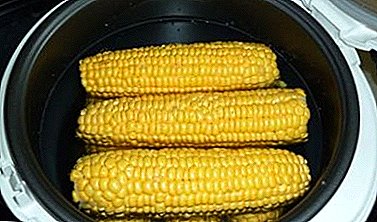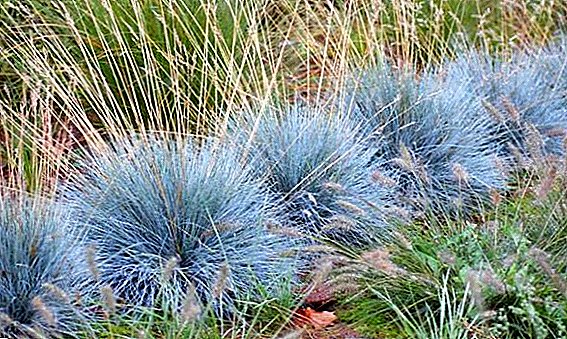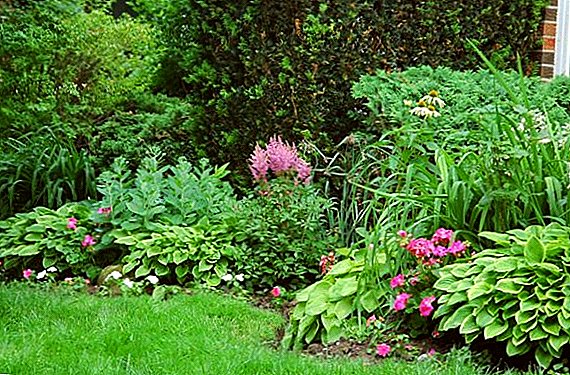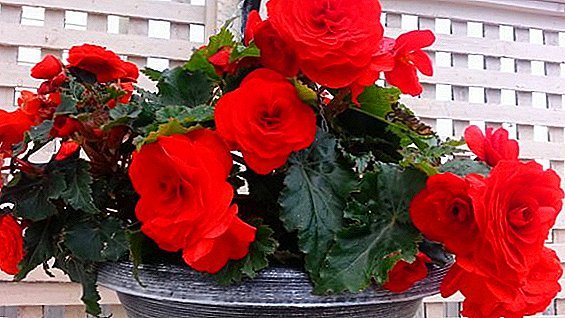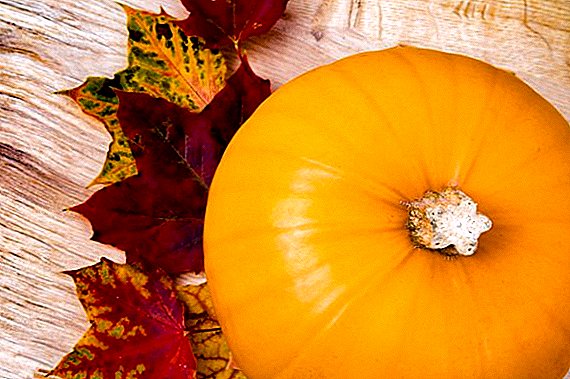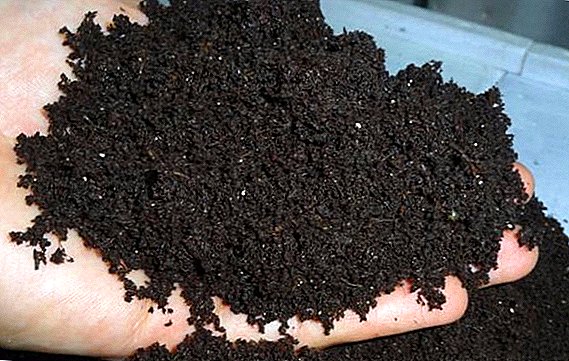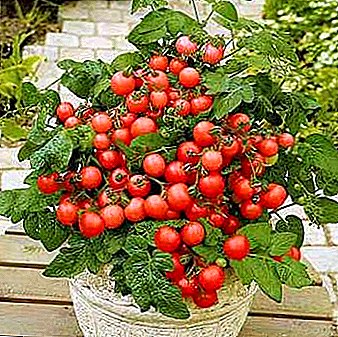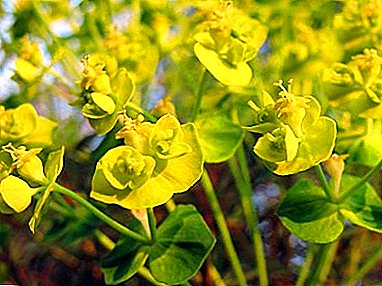
Sometimes there is a situation when you have to fill empty places in the flower garden or create a beautiful edging flower beds in the garden.
For these purposes, euphorbia cypress is good.
Rockeries, arabesques, rabatki and mixborders successfully complemented by this unpretentious flower. All about Euphorbia cypress: rules of planting and care, a description of the plant with photos, read our article.
Description
Euphorbia cypress - small plant (15-30 cm) with strongly branching stiff, erect stem. Gray-green stalks are covered with abundant dense foliage. Closely seated linear, slightly curved gray leaves give the plant similarity with cypress - hence its specific name.
In May, closely located hemispheres of inflorescences appear on the tops of the stems. Their usual coloring is olive yellow, but the number of shades is very diverse. Often there are plants with almost white flowers or flowers of a pink-lilac shade.
A photo
Euphorbia cypress - herb euphorbia



Care
Prefers euphoria cypress sunny places and light soils, grows well among rubble, sand and pebbles.
Nevertheless, he feels quite well in other conditions, delighting with his undemanding.
Especially its high drought tolerance. It should be watered only in the first weeks after planting or in an extremely dry summer.
Euphorbia has a huge number of species, enjoy immense popularity: Many-flowered, Edged, Tirukalli, Comb, Mile, Pallas, Triangular, Belozilkovy.
Landing
 To euphorbia cypress pleased you on your site you must follow the rules of planting and care. Planted plant in April or May. You can do this in the beginning of autumn, so that young shoots have time to take root.
To euphorbia cypress pleased you on your site you must follow the rules of planting and care. Planted plant in April or May. You can do this in the beginning of autumn, so that young shoots have time to take root.
Plant spurge on the edge of the flower bed. Pre need to take care about limiting his ability to stretch his underground shoots beyond the allotted territory.
It is desirable to add to the soil some humus or compost, providing the plant with food supply for many years.
Air humidity
The high humidity of the air in a rainy summer depresses it somewhat, it loses its pomp and beauty. His ancestors grew in conditions water shortagetherefore our spurge better tolerates its disadvantage than excess.
But in the hot and dry season, when other plants feel depressed, euphorbia cypress becomes a bright decoration of any flower garden!
He is a real lifesaver. for beginning flower growers or for those who do not have time to carefully care for plantings.
Euphorbia equally well tolerates both heat and cold, it never freezes, suffering even the most ferocious winters without shelter.
Shine
 The most important condition for our euphorbia to feel great and look great - good solar lighting.
The most important condition for our euphorbia to feel great and look great - good solar lighting.
In such conditions, he and the bush will be most attractive, and bloom - lush and long.
In the penumbra euphorbia cypress can also look good, but too much shading depressing: it will continue to grow, but decorativeness will lose.
If you have already growing spurge, but not happy with its flowering, pay attention, maybe he just does not have enough light?
Euphorbia cypress begins to bloom in the middle of May. Sometimes a little sooner or later, it depends on the lighting and the air temperature. The warmer the weather, the earlier it will bloom.
The duration of flowering is also very dependent weather conditions. It usually ends in month and a half after the start.
Pruning
After flowering, the bare stems must be pruned. So we will return the elegant look to the plant and stimulate the re-flowering that occurs after a short period of rest.
Top dressing
 If humus was introduced into the soil when planting, then in subsequent years the plant will not need additional dressing: this reserve will not be long enough for undemanding euphorbia.
If humus was introduced into the soil when planting, then in subsequent years the plant will not need additional dressing: this reserve will not be long enough for undemanding euphorbia.
Planted in the sandy soil or among the rubble flowers will suffer from a lack of soil nutrition and once a year need will be feeding.
It is better to do this before blooming euphorbia, or at its beginning.
Thus, we will extend the period of the greatest decoration and we will make flowering lush.
To do this, the soil under the bushes a little sprinkled with humus or peat or watered with a solution of complex fertilizer containing microelements.
Breeding
To multiply spurge is equally easy in a vegetative and seed way. You can divide the overgrown bushes or take shoots of underground shoots, which he plentifully throws in different directions.
Harvested seeds will grow better if sown in autumn. After wintering in natural conditions, in spring they will give friendly shoots. The seeds stored in the heat partially lose their germination.
Diseases and pests
Pests and diseases bypass the majority of this genus, frightened off by its acrid milky juice.
Beneficial features
 Known euphorbia cypress healing properties. Evorbin, or euforbin, contained in the sap of the plant, makes it hot.
Known euphorbia cypress healing properties. Evorbin, or euforbin, contained in the sap of the plant, makes it hot.
The properties of the milky juice confirm the words of the famous Paracelsus, the philosopher and healer of the Renaissance, that the same substance can be both medicine and poison depending on the dose.
Caustic juice milkweed irritates skin and mucous membranesable to cause nausea and vomiting numbness of the tongue and lowering the temperature dizziness and fainting, colitis and enteritis, respiratory failure and palpitations.
Therefore, for medicinal purposes it is usually used. in diluted form.
Apply spurge:
- against fungus and to remove warts;
- from some types of constipation in adults;
- for the expulsion of intestinal parasites;
- when removing freckles and age spots;
- to combat insect pests.
Using milkweed as a medicinal plant requires careful handling.
This is especially true for internal use. For children it can not be used.
Growing Euphorbia cypress, planting and care will not require much effort from you. It is difficult to find a more unpretentious and at the same time spectacular flower.
You can be assured that spurge cypress in the garden will look decent. And he will always be a good helper to you in decorating the site, treating ailments, and combating pests.



